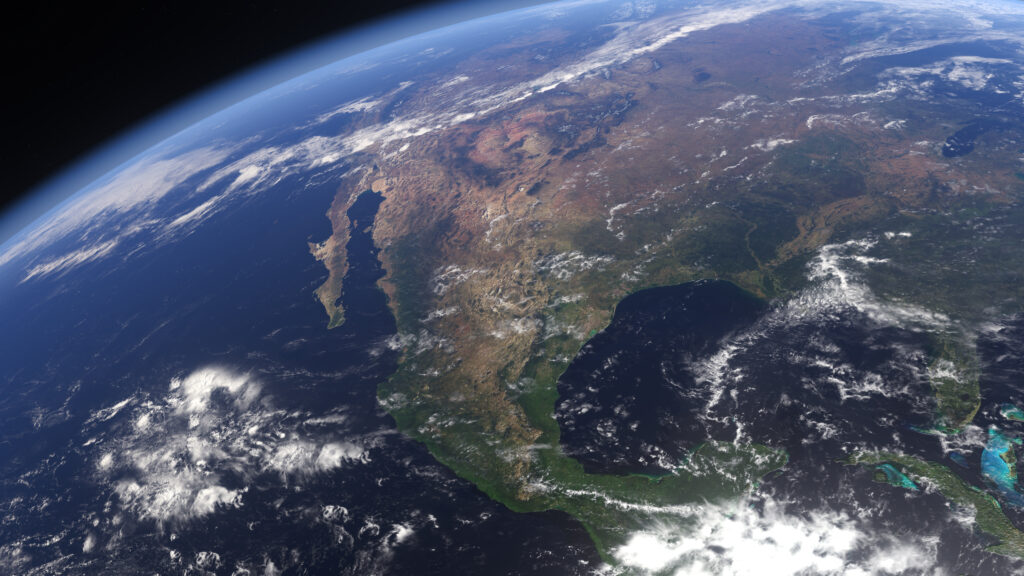3D printing technology is being researched and developed as a way to support space exploration and colonization by enabling the production of parts and structures on-demand and on-site. In space, 3D printing can be used to create replacement parts for spacecraft and satellites, as well as to build structures such as habitats for astronauts on the International Space Station (ISS) or on future lunar or Martian bases.
One of the main benefits of 3D printing in space is the ability to produce parts and structures on-demand and on-site, which can reduce the need for expensive and complex supply chains. Additionally, 3D printing can also be used to create custom-fit parts and structures that are optimized for the harsh conditions of space, such as high radiation and low gravity.
NASA has already tested 3D printing in space on board of the International Space Station. In 2014 the first object, a small ratchet wrench, was printed on-board the ISS, and since then NASA has printed multiple objects, including a spare part for a critical piece of equipment, a 3D printed habitat, and a microbial growth chamber.
However, 3D printing in space also comes with its own set of challenges such as the need for specialized equipment that can withstand the harsh conditions of space, the availability of suitable materials, and the cost of sending 3D printers and materials to space. Additionally, the technology is still in its early stages of development and more research is needed to determine the long-term reliability and effectiveness of 3D printed parts and structures in space.




